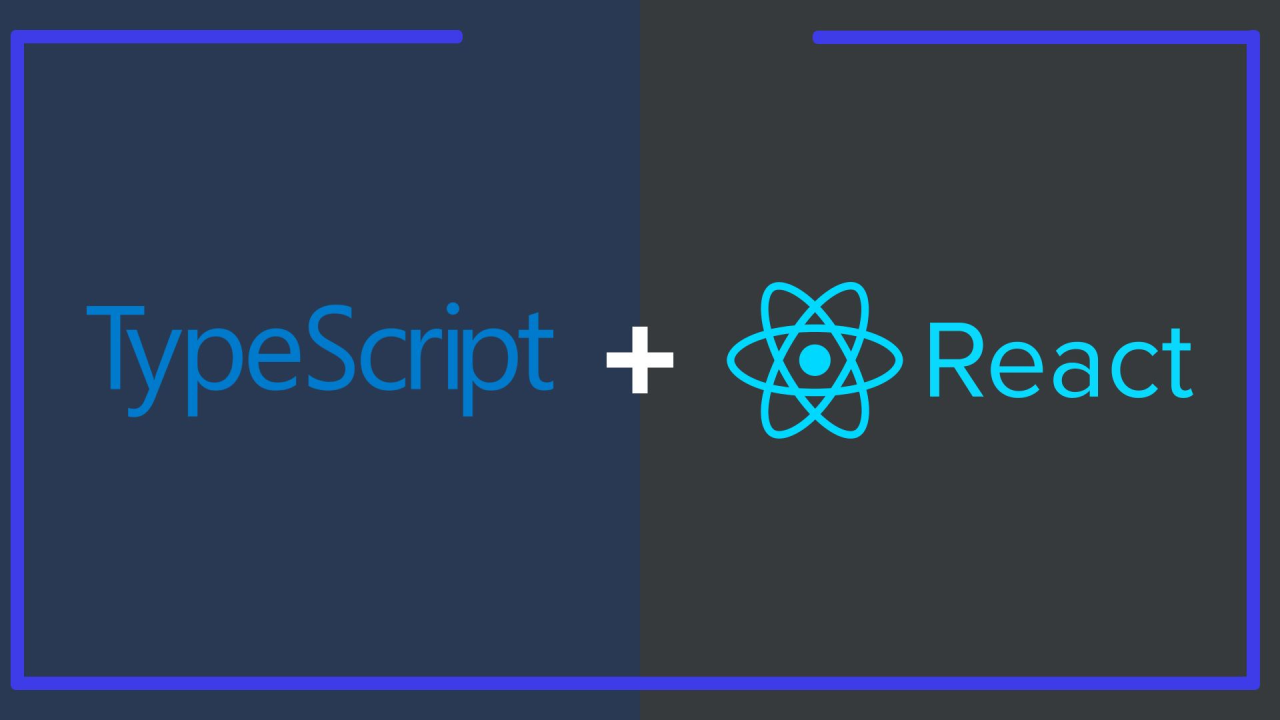
Enhancing React Development with TypeScript
Setting Up TypeScript in a React Project
- Create a New React Project with TypeScript:
npx create-react-app my-app --template typescript
- Adding TypeScript to an Existing React Project:
npm install --save typescript @types/node @types/react @types/react-dom @types/jest
Rename files from .js to .tsx (for JSX) or .ts (for TypeScript).
Basic TypeScript Features in React
- Type Annotations:
const add = (a: number, b: number): number => a + b;
- Interfaces and Props:
interface Props {
name: string;
age: number;
}
const UserProfile: React.FC<Props> = ({ name, age }) => (
<div>
<h1>{name}</h1>
<p>Age: {age}</p>
</div>
);
- State with TypeScript:
领英推è
interface State {
count: number;
}
class Counter extends React.Component<{}, State> {
state: State = { count: 0 };
increment = () => {
this.setState({ count: this.state.count + 1 });
};
render() {
return (
<div>
<p>{this.state.count}</p>
<button onClick={this.increment}>Increment</button>
</div>
);
}
}
- Using Hooks with TypeScript:
const [count, setCount] = useState<number>(0);
interface User {
name: string;
age: number;
}
const [user, setUser] = useState<User | null>(null);
Advanced TypeScript Features in React
- Context API with TypeScript:
interface AuthContextType {
user: User | null;
login: (user: User) => void;
logout: () => void;
}
const AuthContext = React.createContext<AuthContextType | undefined>(undefined);
const AuthProvider: React.FC = ({ children }) => {
const [user, setUser] = useState<User | null>(null);
const login = (user: User) => setUser(user);
const logout = () => setUser(null);
return (
<AuthContext.Provider value={{ user, login, logout }}>
{children}
</AuthContext.Provider>
);
};
- Handling Event Types:
const handleClick = (event: React.MouseEvent<HTMLButtonElement>) => {
console.log(event.currentTarget);
};
const handleChange = (event: React.ChangeEvent<HTMLInputElement>) => {
console.log(event.target.value);
};
- Generics in React Components:
interface ListProps<T> {
items: T[];
renderItem: (item: T) => React.ReactNode;
}
function List<T>({ items, renderItem }: ListProps<T>) {
return (
<ul>
{items.map((item, index) => (
<li key={index}>{renderItem(item)}</li>
))}
</ul>
);
}
// Usage
const users = [{ name: 'Alice' }, { name: 'Bob' }];
<List items={users} renderItem={user => <span>{user.name}</span>} />;
Benefits of Using TypeScript with React
- Type Safety: Catches type-related errors at compile time.
- Improved Readability: Explicit types make the code more readable.
- Enhanced IDE Support: Better IntelliSense and autocompletion.
- Refactoring: Easier and safer refactoring.
By integrating TypeScript into your React projects, you can build more reliable, maintainable, and scalable applications. Leave a comment on Tips for using TypeScript in React projects.
Senior Software Engineer | Tech Lead | Azure | ASP.NET | GenAI | LLM | RAG
8 个月Interesting!
Data Analyst | Python | SQL | PL/SQL | AI
8 个月Interesting!
Software Developer | Full Stack Engineer | Javascript | NodeJS | ReactJS | Typescript | AWS
8 个月Lucas Wolff Great article, man. I noticed you used CRA to start the project. Have you tried vite? Since it uses esbuild behind the scenes, it’s so much faster than CRA regarding building process. You should give a try ??
Our experienced devs always tell new programmers joining the ecosystem that TypeScript will make their React projects safer and more robust. As already mentioned here: it catches those errors early, which is great for maintainability of the code over time.
Fullstack Software Engineer | Software Developer | Java | Spring Boot | Kotlin | React | AWS
8 个月Awesome content =)